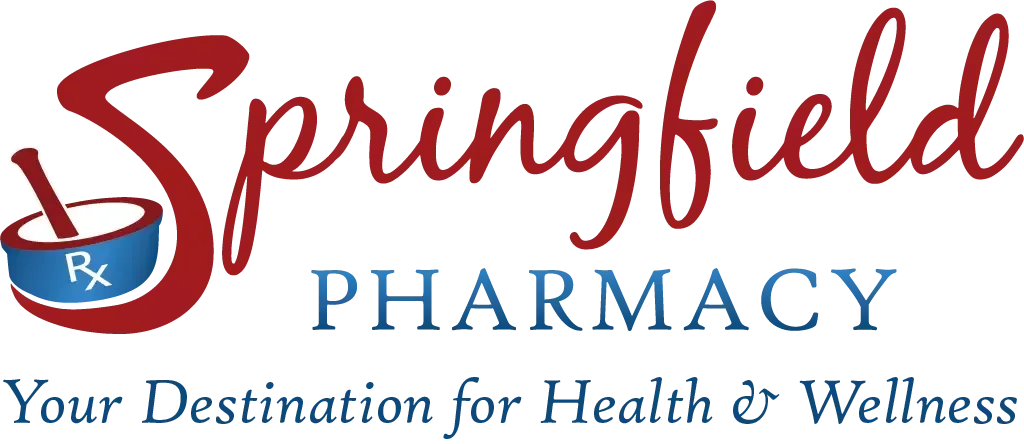COVID-19 Information and Testing
Get FREE At-Home COVID-19 Tests
Most insurances and Medicare Part B are covering strong up to 8 at-home COVID-19 tests per month per family member. To request your free tests, complete the form below.
Frequently Asked Questions About COVID-19
What are the symptoms?
People with COVID-19 have had a wide range of symptoms reported – ranging from mild symptoms to severe illness. Symptoms may appear 2-14 days after exposure to the virus. People with these symptoms may have COVID-19:
- Fever or chills
- Cough
- Shortness of breath or difficulty breathing
- Fatigue
- Muscle or body aches
- Headache
- New loss of taste or smell
- Sore throat
- Congestion or runny nose
- Nausea or vomiting
- Diarrhea
This list does not include all possible symptoms. CDC will continue to update this list as we learn more about COVID-19.
How does it spread?
COVID-19 spreads easily from person to person, mainly by the following routes:
- Between people who are in close contact with one another (within 6 feet).
- Through respiratory droplets produced when an infected person coughs, sneezes, breathes, sings, or talks. The respiratory droplets cause infection when they are inhaled or deposited on mucous membranes, such as those that line the inside of the nose and mouth.
- People who are infected but don't have symptoms can also spread the virus to others.
Some less common ways COVID-19 can spread are:
- By airborne transmission under certain circumstances (for example, when people are in enclosed spaces with poor ventilation).
- It's less common, but COVID-19 may also spread through contact with contaminated surfaces.
How can I protect myself?
To protect yourself from getting COVID-19, you should do the following:
- Wash your hands often with soap and water for at least 20 seconds, especially after you've been in a public place, or after blowing your nose, coughing, or sneezing. It's especially important to wash before eating or preparing food, before touching your face, after using the restroom or leaving a public place, after blowing your nose, coughing, or sneezing, after handling your mask, after changing a diaper, after caring for someone sick, and after touching animals or pets. If soap and water are not reading available, use a hand sanitizer that contains at least 60% alcohol. Cover all surfaces of your hands and rub them together until they feel dry. Avoid touching your eyes, nose, and mouth with unwashed hands.
- Avoid close contact. When you're inside your home, avoid close contact with people who are sick, and, if possible, maintain 6 feet between the person who is sick and other household members. When you're outside of your home, put 6 feet of distance between yourself and people who don't live in your household. Remember that people without symptoms can still spread the virus. Keeping distance from others is especially important for people who are at higher risk of getting very sick.
- Cover your mouth and nose with a mask when around others. Masks help prevent you from getting or spreading the virus.You could spread COVID-19 to others even if you do not feel sick. Everyone should wear a mask in public settings and when around people who don’t live in your household, especially when other social distancing measures are difficult to maintain. Masks should not be placed on young children under age 2, anyone who has trouble breathing, or is unconscious, incapacitated or otherwise unable to remove the mask without assistance. Do NOT use a mask meant for a healthcare worker. Currently, surgical masks and N95 respirators are critical supplies that should be reserved for healthcare workers and other first responders. While wearing a mask, continue to keep about 6 feet between yourself and others. The mask is not a substitute for social distancing.
- Cover coughs and sneezes. Always cover your mouth and nose with a tissue when you cough or sneeze or use the inside of your elbow and do not spit. Throw any used tissues in the trash, and immediately wash your hands with soap and water for at least 20 seconds. If soap and water are not readily available, clean your hands with a hand sanitizer that contains at least 60% alcohol.
- Clean and disinfect frequently touched surfaces daily. This includes tables, doorknobs, light switches, countertops, handles, desks, phones, keyboards, toilets, faucets, and sinks. If surfaces are dirty, clean them. Use detergent or soap and water prior to disinfection. Then, use a household disinfectant. Most common EPA-registered household disinfectants will work.
- Monitor your health daily. Be alert for symptoms. Watch for fever, cough, shortness of breath, or other symptoms of COVID-19. This is especially important if you are running essential errands, going into the office or workplace, and in settings where it may be difficult to keep a physical distance of 6 feet. If symptoms develop, take your temperature. Don’t take your temperature within 30 minutes of exercising or after taking medications that could lower your temperature, like acetaminophen. Follow CDC guidance if symptoms develop.
What's the difference between COVID-19 and the flu?
Influenza (Flu) and COVID-19 are both contagious respiratory illnesses, but they are caused by different viruses. COVID-19 is caused by infection with a new coronavirus (called SARS-CoV-2) and flu is caused by infection with influenza viruses. We test for both at our pharmacy.
There are some key differences between flu and COVID-19. COVID-19 seems to spread more easily than the flu and causes more serious illnesses in some people. It can also take longer before people show symptoms and people can be contagious for longer. Another important difference is there is a vaccine to protect against the flu. There is currently a limited supply of COVID-19 vaccine in the United States, but supply will increase in the weeks and months to come. The best way to prevent infection is to avoid being exposed to the virus.
Because some of the symptoms of flu and COVID-19 are similar, it may be hard to tell the difference between them based on symptoms alone, and testing may be needed to help confirm a diagnosis. The flu and COVID-19 share many characteristics, but there are some key differences between the two.
While more is learned every day, there is still a lot that is unknown about COVID-19 and the virus that causes it.
Who should quarantine?
People who have been in close contact with someone who has COVID-19 — excluding people who have had COVID-19 within the past 3 months — need to quarantine. People who have tested positive for COVID-19 do not need to quarantine or get tested again for up to 3 months as long as they do not develop symptoms again. People who develop symptoms again within 3 months of their first bout of COVID-19 may need to be tested again if there is no other cause identified for their symptoms.
What counts as close contact?
- You were within 6 feet of someone who has COVID-19 for a total of 15 minutes or more
- You provided care at home to someone who is sick with COVID-19
- You had direct physical contact with the person (hugged or kissed them)
- You shared eating or drinking utensils
- They sneezed, coughed, or somehow got respiratory droplets on you
What should I do if I'm come in contact with someone with COVID-19?
Stay home and monitor your health. You'll need to stay home for 14 days after your last contact with a person who has COVID-19. Watch for fever (100.4 degrees F), cough, shortness of breath, or other symptoms of COVID-19. If possible, stay away from others, especially those who are at higher risk of getting very sick from COVID-19.
How do I receive a free N95 mask?
Springfield Pharmacy has received N95 masks through the CDC COVID-19 Vaccination Program. To get yours, simply stop by the pharmacy and ask about N95 masks. We are distributing three masks per patient while supplies last! N95 masks offer the highest level of protection compared to other masks and can help protect you from COVID-19, including the Omicron variant.
What is the proper way to wear an N95 mask?
For instructions regarding proper fit and use of N95 masks, please click the link below:
¿Cómo uso una máscara N95?
COVID-19 Testing at Springfield Pharmacy
Appointment Required.
Must wear a mask.
We offer both the RT-PCR COVID-19 testing and Rapid Antigen COVID-19 testing. Please remember to stay in your car and call our phones upon arrival. Contact store for details.
Call: 610-544-4645
Due to the COVID-19 pandemic, we update information about the pharmacy and services periodically. Please call/text us at 610-544-4645, or click here for updates on our Facebook page.




